What to do When Ship Encounters Rough Weather?
“Fare wind and Calm Seas” – this is what a seafarer hopes for when he is sailing at high seas. However, nature is bound to show ups and downs, and rough weather may hit a vessel in open sea with no time to react. Even if there is a practice of sending pre weather warning to ships for route change or speed alterations, every seaman has experienced high swell and unfriendly side of the sea.
Time is a critical factor for reacting in a situation like rough weather. If a pre warning is available with the ship, then staff can do the preparation; but if the warning period is short or if there is a sudden struck of rough waves and bad weather then handling of the ship depends on the knowledge, training, skills and, team efforts of ship’s staff.
It is very important for a seafarer to know what to do in rough weather situation so that mistakes can be avoided and in minimal time, ship can be prepared for rough sea.
The following are some basic precautions to be taken when in rough weather:
Steering control
- In open sea, vessel is normally in auto pilot. It is advisable to change over to hand or manual control to avoid excessive hunting of the rudder.
- One person should go and check all the oil levels, linkages and other important parameters of the steering gear in the steering room.
- If one motor is running, switch on other motor and run both of them together to get maximum available torque to turn the rudder.
- Sufficient man power including senior officers to be present in the bridge.
Machinery control
- If engine room is on UMS mode, man the engine room and make sure sufficient man power is available.
- Monitoring all the parameters of the main propulsion plant and auxiliary power plant machineries.
- After getting rough weather warning, all the spares in the engine room are to be stowed and lashed properly.
- In bad weather, propeller will come in and out of water and will fluctuate the main engine load. Hence rpm is to be reduced or main engine control setting is to be put on rough weather mode.
- Always make sure for correct sump level of all the machineries as during rough sea ship will roll, resulting in false level alarm which can even trip the running machine and lead to dangerous situation in bad weather.
- Level of all the important tanks is to be maintained so that pump inlet should not loose suction at any time.
- Stand by generator is to be kept on load until the bad weather situation stops.
- Water tight doors in the machinery spaces to be closed.
- Sky light and other opening to be closed.
- All trays are to be avoided from spilling in event of rough weather
Other common precautions
- It is to be instructed to the crew not to go out on open deck in rough weather.
- All the deck items like mooring ropes, lashing equipments, drums etc. to be stored and lashed properly after their use.
- All openings in the deck for cargo and other spaces to be kept shut.
- All opening to the accommodation to be kept shut.
- Shaft tunnel and other internal access space are to be used to go to steering room or other compartment.
- Every one must be aware of his/her duties pasted in the muster list.
- Elevator to be switched off as during rolling and pitching trip may occur and can cause trapping of the person inside.
- Always wear all the PPE’s and use railings and other support while walking through any part of the ship to avoid trips and fall.
- Be alert and work in team.
You may also like to read-Reasons for Capsizing of a Ship & Engine Room Floodin
Do you have info to share with us ? Suggest a correction
Latest Ship Safety Articles You Would Like:

About Author
An ardent sailor and a techie, Anish Wankhede has voyaged on a number of ships as a marine engineer officer. He loves multitasking, networking, and troubleshooting. He is the one behind the unique creativity and aesthetics at Marine Insight.
Subscribe To Our Newsletters
By subscribing, you agree to our Privacy Policy and may receive occasional deal communications; you can unsubscribe anytime.



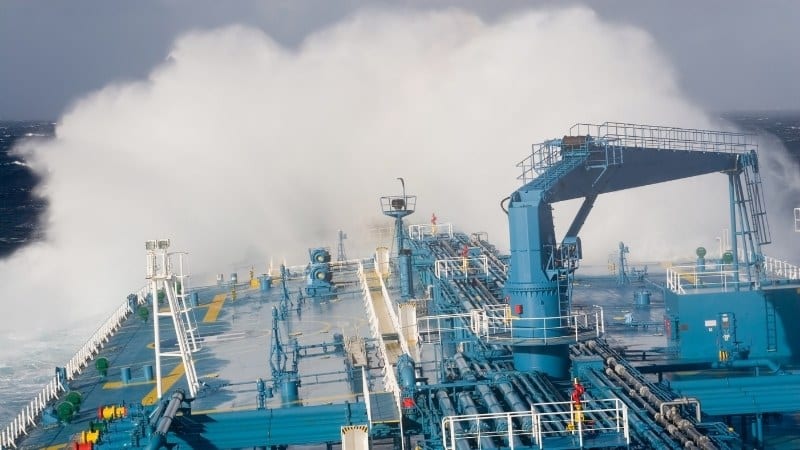
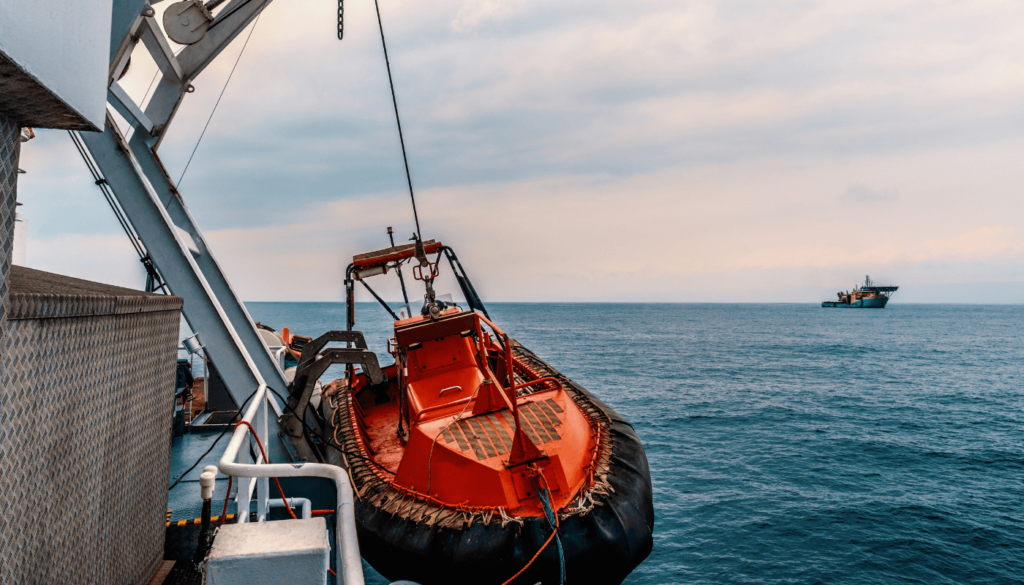
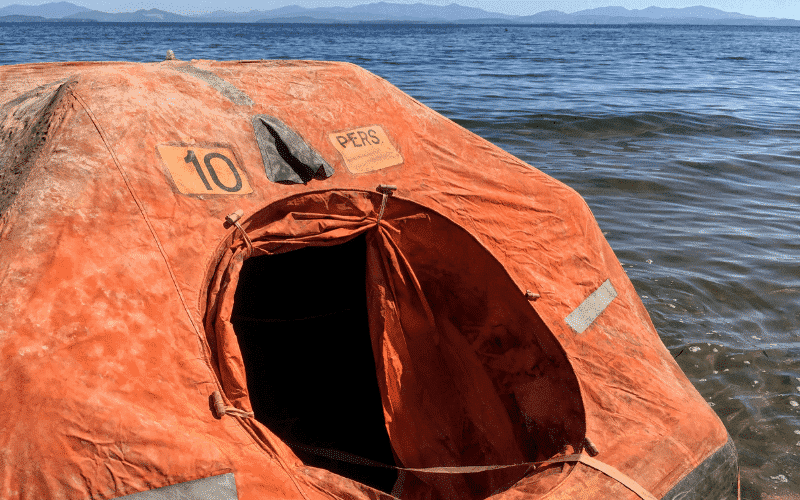
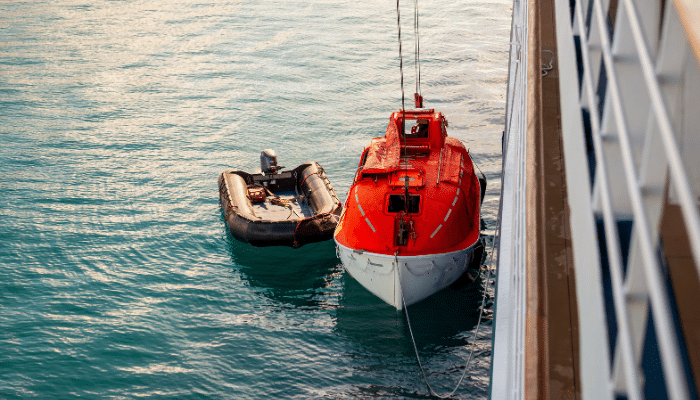
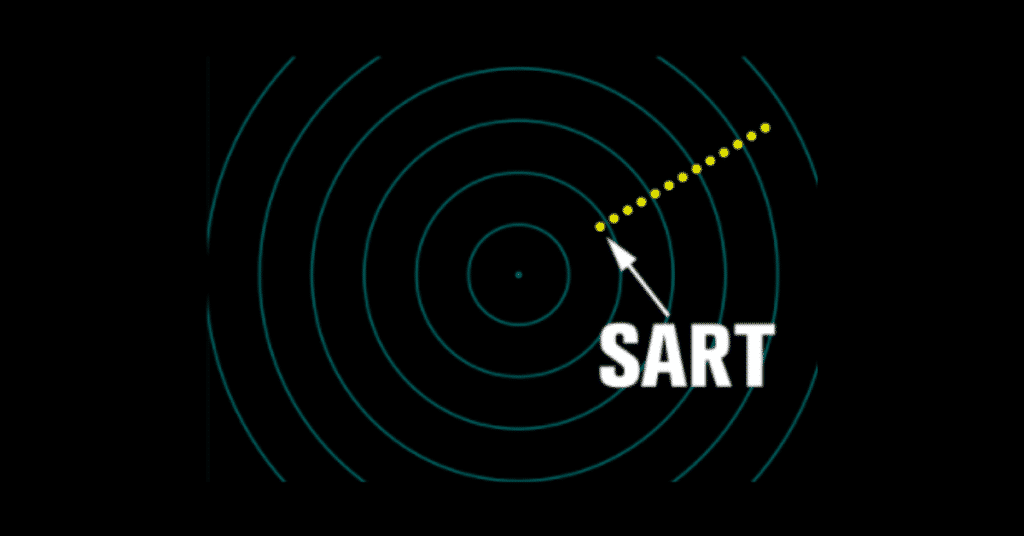
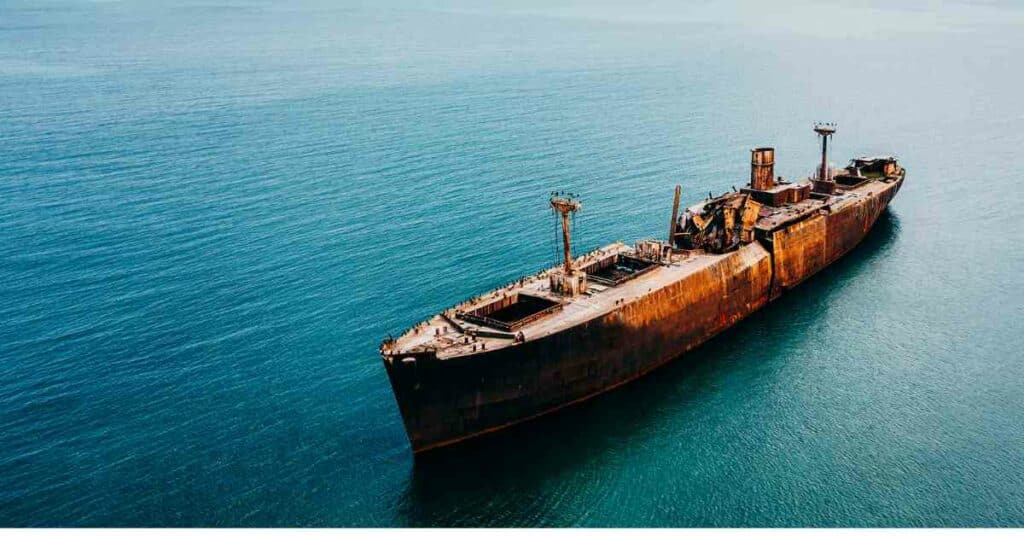

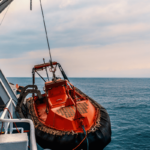
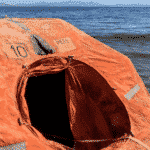
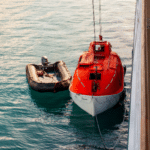
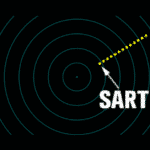
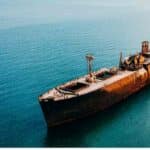



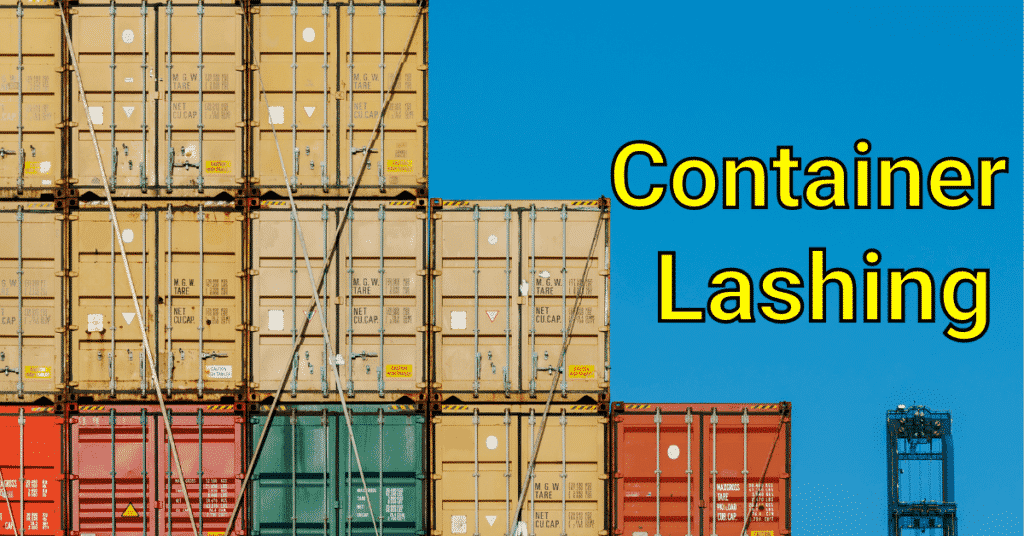
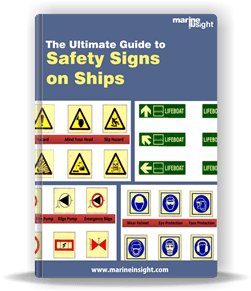
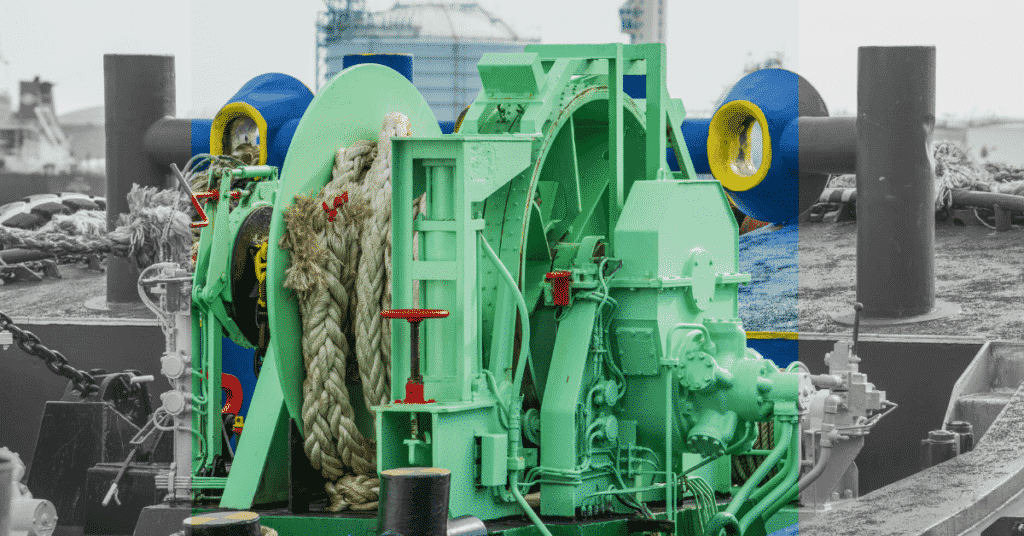
What is this ‘Rough weather mode’ you speak of ???
@Bobby: Modern marine engine comes with Adaptive Control system.During operation of ships in heavy seas, the load demand on the propulsion engine from the propeller may change rapidly, causing significant deviations of the shaft rotational speed from the desired set-point. It is basically doing a propeller load prediction a few seconds ahead in time, which could provide a driving signal to an engine control unit, that would decrease fuel temporarily in case of an imminent expected load sink, thus escaping excessive overspeed.
what types of precuation to prevent damage on steering gear,due to jumping of the rudder in heavy seas.
@Sahed: There is 10-15mm top clearance (depending upon the makers)which stops the tiller from bumping up the steering rams during heavy weather due to jumping.